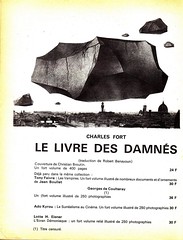Or, world cinema classic #43
[Youtube=http://www.youtube.com/watch?v=oi5rmt-gucs]
After long and careful deliberation, I’ve decided against pronouncing this film a world cinema classic #43. Instead, I’ve chosen a 1992 film which was made in Belgium, and it’s probably one of the best-known Belgian films abroad of the late 20th century. The film dates of 1992 and much like the American film Natural Born Killers, is a satire on the media’s exploitation of graphic violence, only much better. Sadly, the director of this black mockumentary committed suicide two years ago, as often happens to very talented people with an appreciation of the darker side of life. Without further ado, I present you Man Bites Dog, one of the best features of the 1990s, a must-see feature film. As a seal of quality, it carries an NC-17 rating by the Motion Picture Association of America (such is the beneficial role of censorship organizations).


